♦ A question may arise whether the above information is to be given in respect of each and every head of expenditure or only the total expenditure is to be given. Here, guidance may be taken from the heading of the table which starts with the words “Breakup of total expenditure” and hence the total expenditure including purchases as per the above format may be given. It appears that head-wise / nature wise expenditure details is not envisaged in this clause.
♦ Depreciation under section 32, deduction for bad debts u/s 36(1)(vii) etc. which are not expenses should not be reported under this clause in any of the Columns from 3 to 7.
♦ Schedule III to the CGST Act, 2017 lists out activities or transactions which are treated neither as a supply of goods nor a supply of services and thus expenditure incurred in respect of such activities need not be reported under this clause in any of the columns from 3 to 7. For example, Para (1) of the Schedule III covers “Services by an employee to the employer in the course of or in relation to his employment” and thus, remuneration to employees need not be reported.
♦ It may be noted that any expenditure that is incurred, wholly and exclusively for business or profession of the assessee qualifies for the deduction under the Act. Registration or otherwise of the payee under the GST Act has no relevance in considering allowability of expenditure.

♦ The format as per clause 44 of form 3CD requires that the information is to be given as per the following details:
A. Total amount of expenditure incurred during the year
B. Expenditure in respect of entities registered under GST
C. Expenditure related to entities not registered under GST
♦ The reporting in respect of B above, i.e. the expenditure in respect of entities registered under GST is further sub-classified into four categories as follows:
√ Expenditure relating to goods or services exempt from GST
√ Expenditure relating to entities falling under composition scheme
√ Expenditure relating to other registered entities
√ Total payment to registered entities
♦ Expenditure relating to goods or service exempt from GST (Column 3): Here, the value of all inward supply of goods or services which are exempt from GST is to be given.
Section 2(47) of the Central Goods and Service Tax Act, 2017 (hereinafter referred to as CGST Act, 2017) defines exempt supply as follows:
“exempt supply means supply of any goods or services or both which attracts nil rate of tax or which may be wholly exempt from tax under the Integrated Goods and Services Tax Act, and includes non-taxable supply;”
♦ Further, the definition of exempt supply also includes non-taxable supply. The term “non-taxable supply” has been defined in section 2(78) of the CGST Act, 2017 as follows:
“non-taxable supply” means a supply of goods or services or both which is not leviable to tax under this Act or under the Integrated Goods and Services Tax Act”
As per the above definition “non-taxable supply” includes supply of goods or services which are not leviable to tax under the CGST Act, 2017 or under the IGST Act, 2017.
♦ As per section 9 of the CGST Act, 2017 / 5 of the IGST Act, 2017, the following supplies are not leviable to GST:
√ supply of alcoholic liquor for human consumption
√ supply of petroleum crude, high speed diesel oil, motor spirit, natural gas and aviation turbine fuel Hence, the above supplies, being not leviable to GST, are exempt supplies.
♦ Expenditure relating to entities falling under composition scheme (Column 4): Levy of tax under composition scheme is governed by section 10 of the CGST Act, 2017. While reporting the expenditure under this head, the following should be considered:
√ A composition dealer cannot charge GST in the invoices.
√ A composition dealer cannot make inter-State supply.
√ A composition dealer can issue only bill of supply and not a tax invoice.
√ The composition dealer should have mentioned the following words at the top of the bill of supply issued by them.
♦ In case of ineligible input tax credits which are blocked under section 17(5) of the CGST Act, 2017 or in case of purchases from persons registered under composition levy, it is a normal practice of the small and medium taxpayers not to mention the GSTIN of the said suppliers in their accounting software. Hence, a suitable remark / reference in this regard by the tax auditor may be included in the report.
♦ Expenditure relating to other registered entities is furnished in Column 5. Value of all inward supplies from registered dealers, other than supplies from composition dealers and exempt supply from registered dealers, are to be mentioned here.
♦ The language used in sub-heading of Column 6 is total ‘payment’ to registered entities. The word ‘payment’ should harmoniously be interpreted as ‘expenditure’ as the combined heading of columns (3), (4), (5) is ‘Expenditure in respect of entities registered under GST’. Hence, the total expenditure in respect of registered entities i.e., sum total of values reported in columns (3), (4) and (5) should be reported in Column 6.
♦ Expenditure relating to entities not registered under GST (Column 7): The value of inward supply of goods and/or services received from unregistered persons should be reported here.
♦ This report may be prepared for an entity as a whole or for a branch thereof, as may be audited and accordingly the information in these columns may have to be filled up consolidating the expenditure incurred under various GST registrations.
♦ An appropriate disclosure should be made by the Tax auditor in Form 3CA/3CB, as the case may be, for the view taken by the assessee in relation to the meaning of “Total expenditure” and the method of filling up the appropriate columns.
Disclaimer: The above should be considered as broad guidance and not a considered opinion as fact and circumstances could be different and change in the law is ongoing






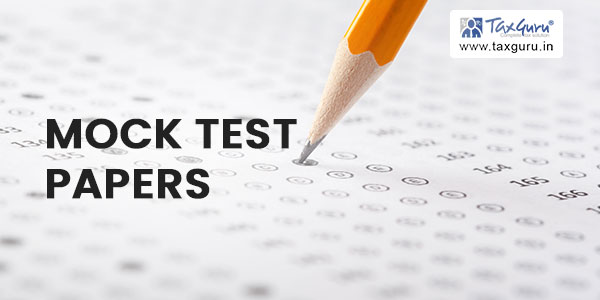



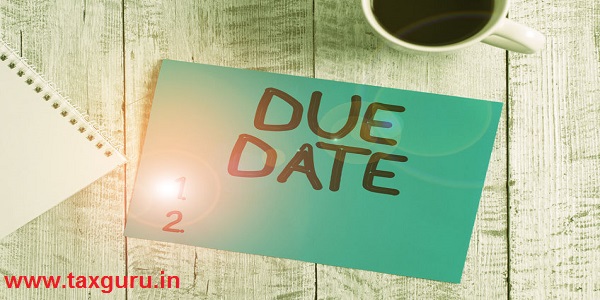



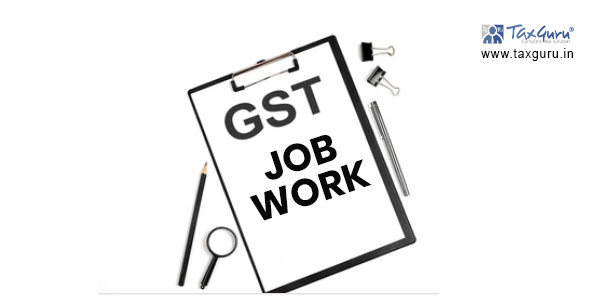

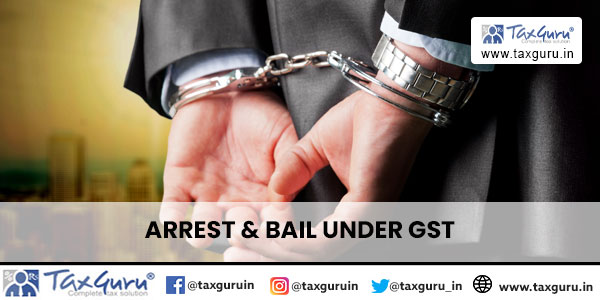
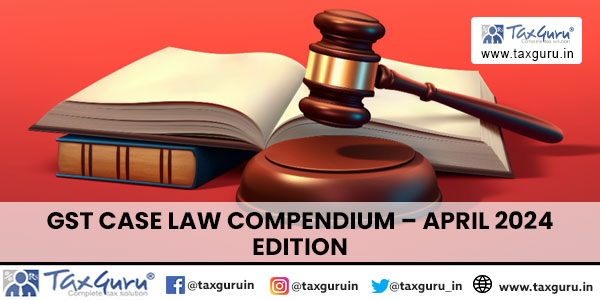

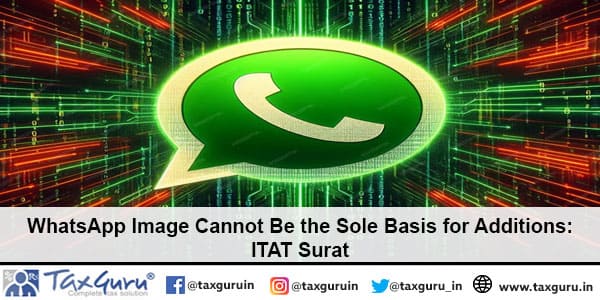
It is applicable from A.Y. 22-23 ?
The Clause 44 of the Form 3CD is effective for Assessment Year 2022-23 i.e. for the Financial Year 2021-22 because the compliance of this clause was kept in abeyance till 31/03/2022 but for all the reports submitted after that date the clause is mandatory. Since the audits for the Financial Year 2021-22 are under process hence we should study how to report and comply this clause and how the Assesssee under audit will submit the data under this clause.
very good